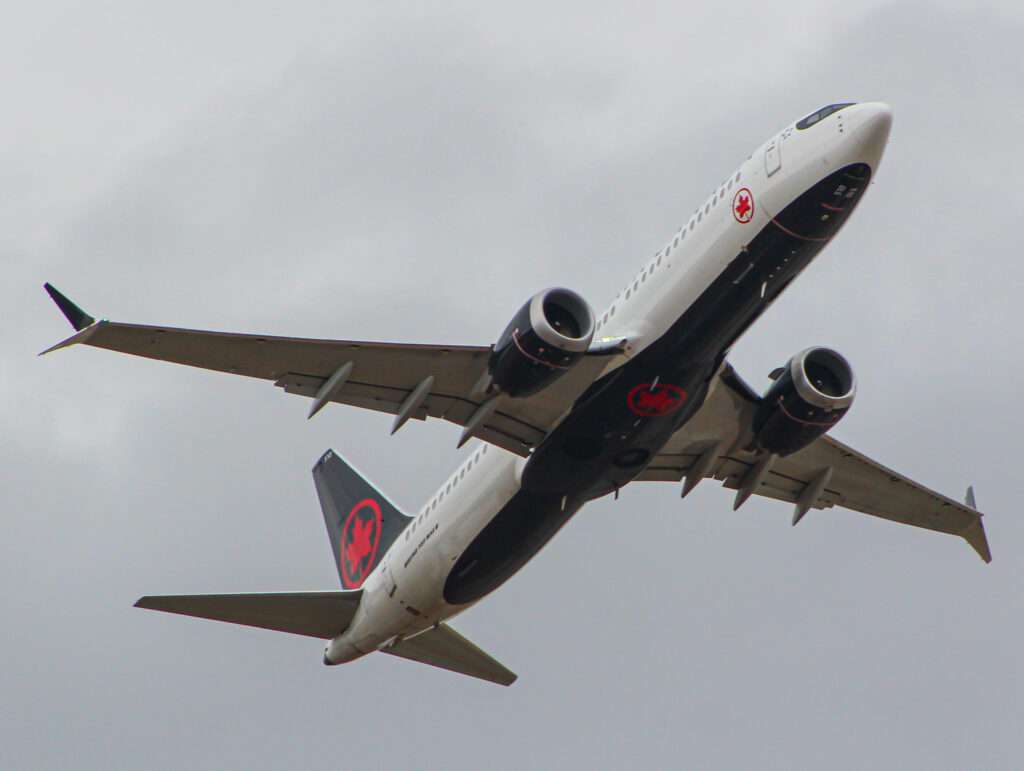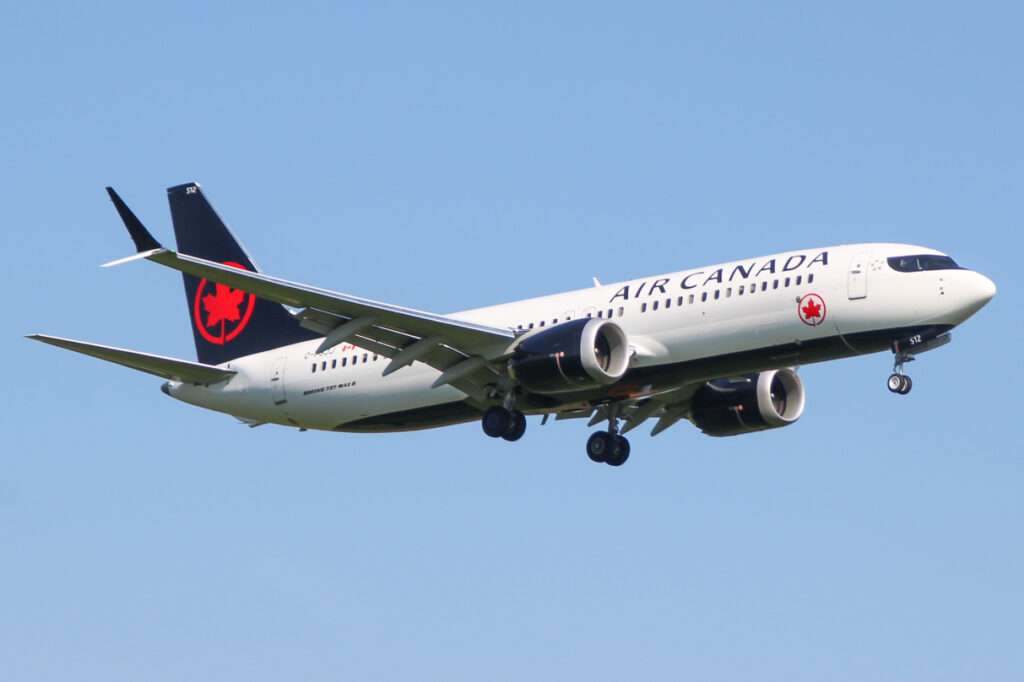Earlier this week, an Air Canada Boeing 737 MAX operating a flight to Vancouver from Mexico City diverted to Boise due to a cargo smoke indication.
More information has been released pertinent to this incident, so here is what we know so far.
Without further ado, let’s get into it…
AC997 – Mexico City-Vancouver: Boise Diversion…


Air Canada flight AC997, affected by the cargo hold smoke indication, is a routine scheduled flight between Mexico City and Vancouver.
The aircraft involved in the diversion to Boise is registered as C-FSIP.
As per data from Planespotters.net, C-FSIP is a 6.1 year old Boeing 737 MAX 8 that was delivered to the airline in March 2018.
Of the 737 MAX 8 variant, Air Canada has 40 of them in the fleet, of which all but two are in active service.
Furthermore, average fleet age for the variant at the airline stands at 5.2 years.
Air Canada flight AC997, affected by the cargo hold smoke indication, departed Mexico City at 0553 local time on April 9 to Vancouver.
The aircraft proceeded in a north-westerly direction towards Vancouver.
However, upon reaching the Idaho area, the aircraft made a deviation towards the airport.
A rapid descent was made and the aircraft landed safely into Boise without further incident.
The Aviation Herald reports that the diversion was due to a indication of smoke in the cargo hold on the Air Canada 737 MAX.
Furthermore, it turned out that there was no smoke, with this caused by a faulty sensor on the aircraft.
Continued to Destination…

The safety outlet stated that an alternative aircraft was sent to pick passengers up from Boise.
As for C-FSIP, the aircraft remained grounded for the rest of the day, until it repositioned to Vancouver.
Data from RadarBox shows that the aircraft is due to re-enter service later on today.
It is expected to operate flights to Calgary and Ottawa, before moving on to the longer flights.
In total, the aircraft was grounded for around two days before the relevant fixes were made to the airplane.

Click the banner to subscribe to our weekly Emergencies and Incidents newsletter.

Click the photo to join our WhatsApp channel so then you can stay up to date with everything going on in the aviation industry!









